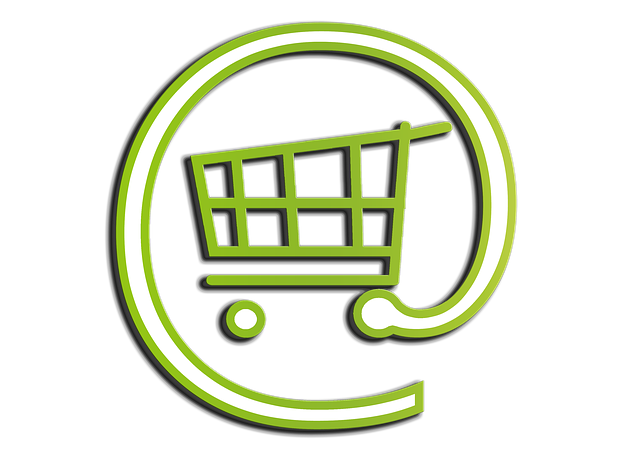In November 2014, Google began adding links to social network sites in the Knowledge Graph Box for famous actors, political figures and bands. Next came social network links for big-name brands such as Apple and Starbucks. Then, even corporate brands had their social sites displayed. Now, thanks to the recent release of new structure data markup, Google is allowing you to specify your own brand’s social profile.
Add your social media sites to the knowledge graph
The best way to make sure that Google adds your social media sites to their Knowledge Graph is by marking them up in your site. If you meet Google’s requirements, they will add the social sites you specified in your markup code. Keep in mind that if your site has a verification process, Google will only display profiles that are verified. Here’s how.
Potential technical and algorithm issues
Because Google relies on the structured data markup on your site, the codes you use must specifically say what your social accounts are. If your brand does not have these links set up in their site, Google will look for the best alternative and this isn’t always the right one. If you notice the wrong links being displayed in your brands knowledge graph, there are several ways to fix the problem. You could either go in and attempt to change the markup in your site using the Google Help page, request a correction from the feedback form on the bottom right corner of the Knowledge Graph, or you could contact Google’s Account Management for help.
What it means for your brand
Google embedding your social media even further in their search results can be beneficial for your brand, but only if they are being used correctly and consistently. The objective of the Google Knowledge Graph is to allow users to find what they are seeking from the brand by leading them to direct information from the actual brand without having to click other search results and piece together their answer. So say for example, a brand decides to include all their social media sites but doesn’t update their Twitter often or has little to no traffic on their Facebook page – if these are some of the first links users click, they are going to be disappointed and set back on their search. Make sure that the sites you display are being updated regularly with relevant information about your brand!
What it means for marketers
There seems to be a trend where users who search for a specific brand also end up searching for their social profiles. This may be why sites like Facebook, and now Instagram have decided to add call-to-action buttons that lead from one related site to another.
Google Knowledge Graph allows brands to add links to Facebook, Twitter, Google+, Instagram, YouTube, and LinkedIn. Increasing a brand’s social visibility has the potential to bring in more traffic to sites. Don’t forget about checking the analytics, too! Tracking impacts from increased visibility, whether its an increase in followers, user feedback, etc. can help adjust or improve the social strategies being used for your brand.
Ready to get started? Just give Van West Media a shout. We’ll whip your site into shape in no time.


